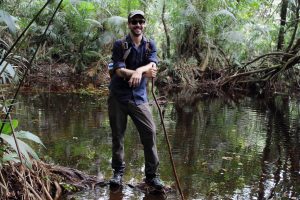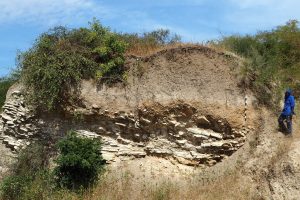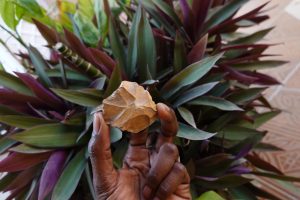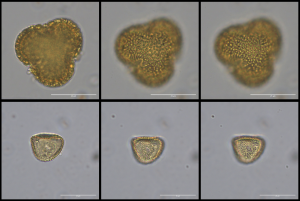Africa has the deepest record of human evolution, but to date there is little evidence from west Africa. A new article in the journal Nature Ecology & Evolution adds to our understanding with a study of the oldest directly dated archaeological site in West Africa. The site shows technological continuity spanning roughly 140,000 years and offers insights into complex environmental responses to climate change.

“We have a lot more evidence of human activities from southern and eastern Africa than we do for west Africa, especially before about 150,000 years ago. This research is the first to provide concrete evidence of human occupation of west Africa before this time,” says Christopher Kiahtipes, Ph.D., Associate Curator, Florida Environment and Natural History (FLENH) Collections, with the University of South Florida Libraries.
The new study, led by scientists from the Max Planck Institute of Geoanthropology, Université Cheikh Anta Diop de Dakar, University of Sheffield, and University of South Florida, extends the timeframe in which Middle Stone Age toolkits are known from West Africa to 150 thousand years ago, based on excavations from the near-coastal site of Bargny 1. The site is an old quarry that sits close to the Atlantic coast in Senegal.
Kiahtipes processed and analyzed sediment samples for microscopic plant remains at the Institute for the Advanced Study of Culture and the Environment’s Paleoecology and Achaeobotany Lab, located at University of South Florida, Tampa. “Between 2020 and 2022, we processed about 50 samples,” says Kiahtipes. “I was surprised to find that plant pollen as well as phytoliths (silica-based fossils) were both preserved in the deeper parts of the site associated with the stone tools.”



“The results from Bargny are important because we have age estimates, artifacts, and environmental evidence from the same site,” Kiahtipes adds. “This lets us answer important questions about when and where humans lived in western Africa during the Middle Pleistocene, about 150 thousand years ago. At this time, we see dramatic shifts in climate and lots of regional changes in stone tool technology in other parts of the African continent.”
“Until Dr. Niang’s work at Bargny, we did not have any firm evidence for west African developments during this period. Our research provides the first concrete evidence of human occupation of west Africa during the Middle Pleistocene and we can place this occupation near the rich and complex ecology of coastal estuaries during a time of dramatic environmental change,” explains Kiahtipes.
This project involved ground-breaking international research with contributions from institutions located in Senegal, Germany, the United Kingdom, and the U.S. This publication demonstrates the impact of the University of South Florida’s libraries, institutes, and centers and the laboratories they support.
“Studies like this one illustrate the global importance of estuaries and coastal environments in addition to demonstrating the value of combined human and environmental research. Collections like those held under the FLENH initiative at the University of South Florida are critical resources for bringing these lines of evidence together to better understand our critical natural resources.”
Read the study here. Press release and media inquiries, click here.